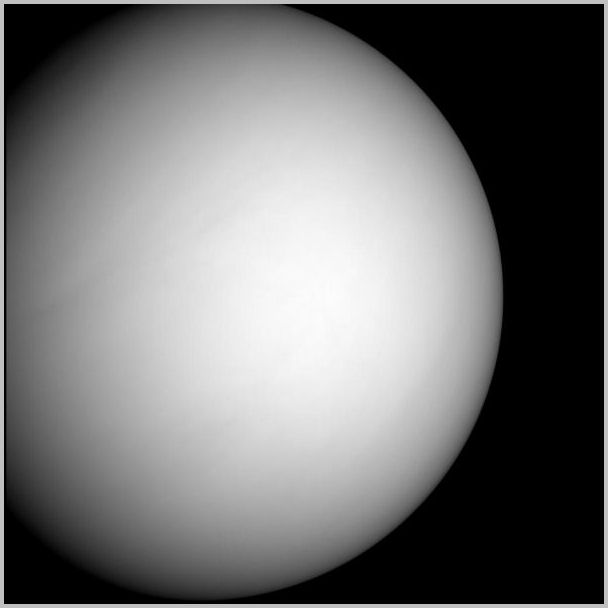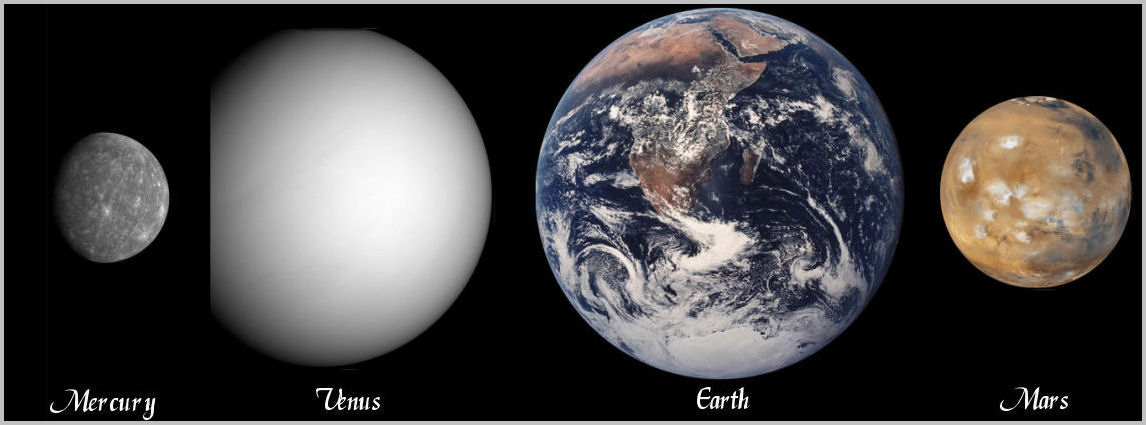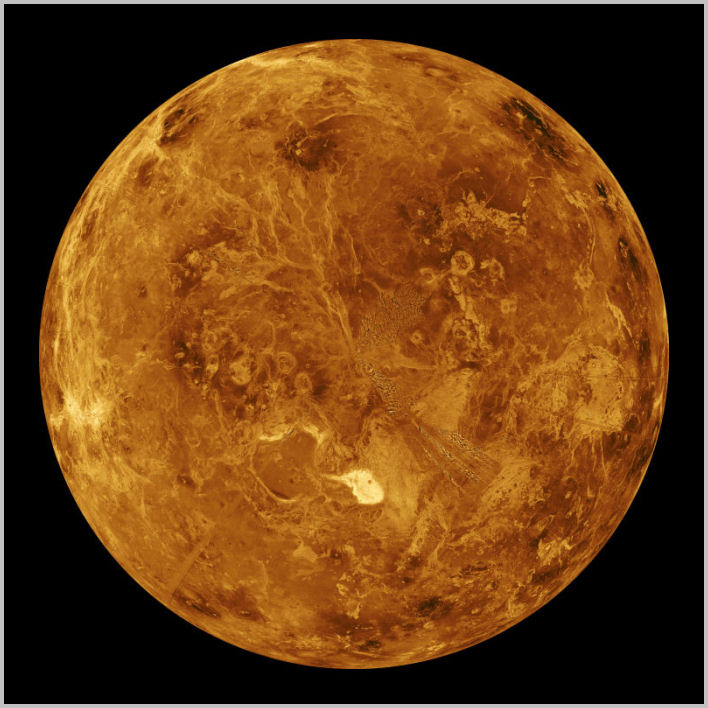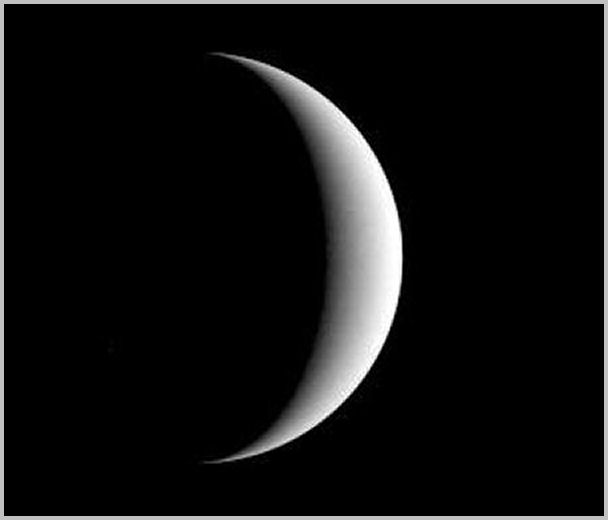| HOME |
|---|


The Birth Of Venus - Sandro Botticelli - circa 1485.
| HOME |
|---|


In the first great battle of the gods, Saturn (Cronus) killed his father (the first father, Uranus), cut off his genitals and threw them into the sea. Where the severed parts had fallen, the sea foamed, and from this foam arose the most beautiful, seductive goddess the world had ever seen. The Greeks called her Aphrodite, (from "aphros", meaning foam). To the Romans, she was known as Venus.
Venus was the goddess of love, beauty, and sexuality, in deed as well as in name. She was married to Hephaestus, known to the Romans as Vulcan, the god of fire and patron of blacksmiths, yet she entertained numerous lovers, both mortal and divine, including the likes of Adonis, Mercury, Neptune, and Mars, the god of war. More than a dozen children resulted from these affairs, including Phobos, Deimos, Harmonia, and Eros (Cupid). Legend says it was Venus who started the Trojan War by making Paris fall in love with Helen. And it was Venus who made the statue of Pygmalion come to life.

Orbiting at an average distance of 67 million miles (108 million kms), Venus is the second planet from the Sun, and other than the Moon, our closest neighbour in space. At its nearest, Venus is only 26 million miles from us, a mere stone's throw in astronomical terms. With a diameter of 7,600 miles (12,040 kms), Venus is almost exactly the same size as Earth, and has often been referred to as Earth's sister planet. Venus is also the only planet in the solar system besides Earth and Saturn's moon, Titan, to possess a significant atmosphere, so it has always seemed a natural assumption that Venus must be very similar to Earth and could quite conceivably be home to some form of life. But the cloud cover on Venus is so thick, it's impossible to see the surface of the planet, and for most of human history we could only gaze up at those beautiful, bright white clouds, and wonder if there was indeed a vast tropical paradise beneath them, teeming with life.

It wasn't until 1962 that we developed the technology to send a spacecraft to Venus to find out for sure what might be lurking beneath those impenetrable clouds, and when NASA's Mariner 2 spacecraft finally visited Venus, it discovered something shocking. Despite its closeness and apparent similarity to Earth, Venus was about as different as it could possibly be.
It seems the same greenhouse effect that makes life possible on Earth, has made life seemingly impossible on Venus. The greenhouse effect is the result of certain greenhouse gases in a planet's atmosphere absorbing infrared radiation, and keeping the planet warm, like a blanket. Earth's atmosphere has just the right amount of greenhouse gases, mostly in the form of carbon dioxide and water vapor, to keep the planet just the right temperature for life to thrive. It is, however, a delicate balance, and Venus is an example of this balance being upset. Sometime in the planet's past, widespread volcanic activity saturated the atmosphere of Venus with greenhouse gases, and the planet began to heat up. The increased temperature created even more greenhouse gases, creating a positive feedback loop that resulted in Venus having a surface temperature of 482 ° C (900 ° F) - hot enough to melt lead.
And the story gets worse. The atmosphere on Venus has become so thick and heavy, the pressure on the surface of the planet is 92 times that of Earth - as crushing as the pressure one kilometer beneath the sea. And Venus has no magnetic field (as Earth does) to ward off the lethal radiation from the Sun, making the planet even more deadly. As a final indignity, the clouds are composed of sulphur dioxide, so that when it rains on Venus, it rains sulfuric acid.
Many scientists point to Venus as an ominous example - a warning if you will - of what could happen to our very own Earth if the current trend towards increased greenhouse gases and global warming is not properly addressed. In 1991 NASA sent its Magellan spacecraft to Venus, equipped with a radar imaging system that was able to map the surface features of Venus beneath the clouds, giving us a detailed look (shown below) of a brutally hostile world.

In a Universe so full of ironies, both physical and philosophical, there is surely no greater irony than those lily white clouds of Venus conjuring up images of love and beauty for almost all of Human history, in reality hiding a lethal hothouse of molten metals, crushing pressures and poisonous gases that make Dante's Inferno look like Disneyland.
Like Mercury, Venus is between Earth and the Sun, so we see it go through Moon-like phases, as the Sun hits it from different angles. But even though we only see part of Venus, it is still the brightest object in the night sky (except for the Moon), with an apparent magnitude of -4.4, because it is so close to us, and its cloud cover so highly reflective. Venus only appears in the morning, and the evening, but it does stray a little farther from the Sun than Mercury, hanging around in the predawn sky for an hour or two before sunrise as the proverbial "morning star", or setting an hour or two after the Sun, gracing our twilight sky as the famous "evening star".

Venus has a retrograde rotation, meaning it rotates on its axis in the opposite direction of all the other planets in the solar system. On Venus the sun rises in the west, and sets in the east.
Like Mercury, the Sun's pull has drastically slowed the rotation of Venus, so that one day on Venus lasts 243 Earth days. And since it takes less time than that to complete its orbit around the Sun, only 225 Earth days, a day on Venus is longer than its year.
The gravity on Venus is only slightly less than Earth. If you weighed 100 pounds on Earth, you would weigh 91 pounds on Venus.
Like Mercury, Venus has no moons, but if you could somehow manage to survive the lethal surface conditions, and see through the thick clouds, there would be a big, bright planet Earth lighting up the night sky, just as Venus lights up the night sky of Earth, third rock from the Sun, and our next port of call...
|
|
|
| SOL | MERCURY | VENUS | EARTH | METEORS | MOON | MARS | ASTEROIDS | JUPITER | SATURN | URANUS | NEPTUNE | PLUTO | COMETS |
|
|
|